(Source: treehugger.com)
 Drones, or unmanned aerial vehicles (UAVs), have taken off in popularity recently, with hobbyists and professionals alike using these small remotely-guided devices for everything from delivering packages to surveying wildlife populations, but one startup has a very ambitious plan for their drones, and one that could have a huge positive impact on global deforestation.
Drones, or unmanned aerial vehicles (UAVs), have taken off in popularity recently, with hobbyists and professionals alike using these small remotely-guided devices for everything from delivering packages to surveying wildlife populations, but one startup has a very ambitious plan for their drones, and one that could have a huge positive impact on global deforestation.
“We are going to counter industrial scale deforestation using industrial scale reforestation. Destruction of global forests from lumber, mining, agriculture, and urban expansion destroys 26 billion trees each year. We believe that this industrial scale deforestation is best combated using the latest automation technologies.” – BioCarbon Engineering
BioCarbon Engineering, based in the UK, has developed a system of planting trees with drones, at just a fraction of the cost (15%) of traditional reforestation methods, and at a speed that manual planting can’t match – up to 10s of thousands of trees planted per day – and aims to plant 1 billion trees per year using this technology.
This approach, using an industrial-scale reforestation method, isn’t quite ready for prime-time, but its prototype, which won £20k in funding from the Skoll Centre for Social Entrepreneurship last year, is expected to be built into a fully functioning platform by the end of the year.
The BioCarbon Engineering drone tree planting system doesn’t just send out quadcopters full of tree seeds to disperse them over the land, but instead first uses detailed terrain data to build high resolution 3D maps of the areas to be reforested. The planting drones then fly out and perform “precision planting activities” in those areas, by firing a pre-germinated seed pod into the soil with pressurized air, with the pod being encapsulated in a nutrient-rich hydrogel for “high up-take rates.” After planting, the drones will also be used to audit and monitor the reforested sections to assess the recovery of the areas.
“There are a variety of tree-planting techniques, including planting by hand and delivering dry seeds by air. However, hand-planting is slow and expensive, and spreading dry seeds results in low uptake rates.
Our solution balances these two methods. First, by planting germinated seeds using precision agriculture techniques, we increase uptake rates. Second, our scalable, automated technology significantly reduces the manpower requirements and costs. Finally, our mapping UAVs will also provide invaluable intelligence on planting patterns, landscape design and appropriate timing.” – BioCarbon Engineering
Continue Reading at treehugger.com…
Alan is serial entrepreneur, active angel investor, and a drone enthusiast. He co-founded DRONELIFE.com to address the emerging commercial market for drones and drone technology. Prior to DRONELIFE.com, Alan co-founded Where.com, ThinkingScreen Media, and Nurse.com. Recently, Alan has co-founded Crowditz.com, a leader in Equity Crowdfunding Data, Analytics, and Insights. Alan can be reached at alan(at)dronelife.com

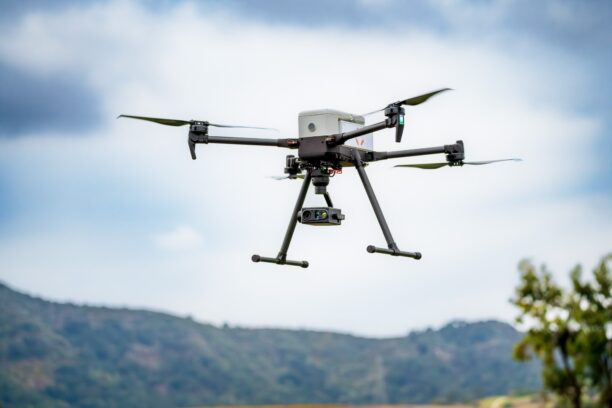
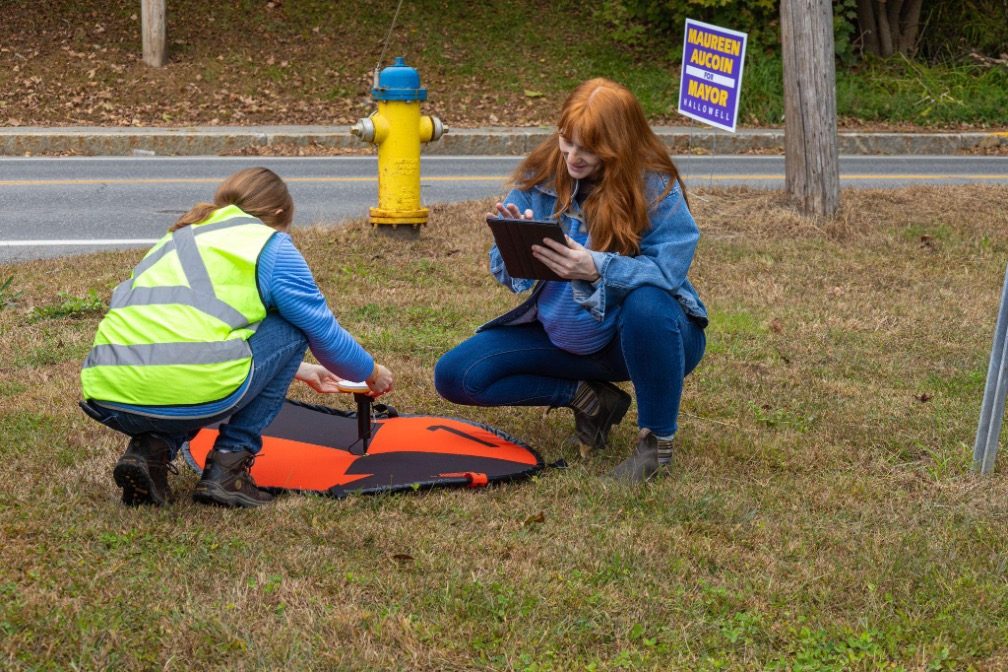
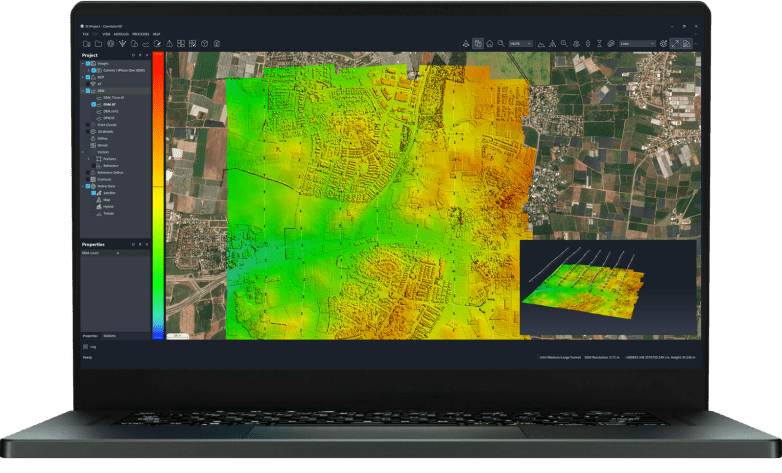
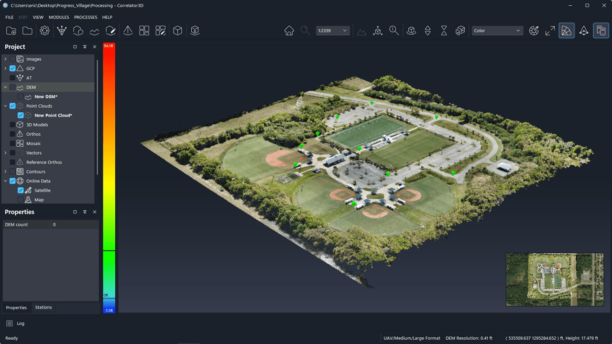
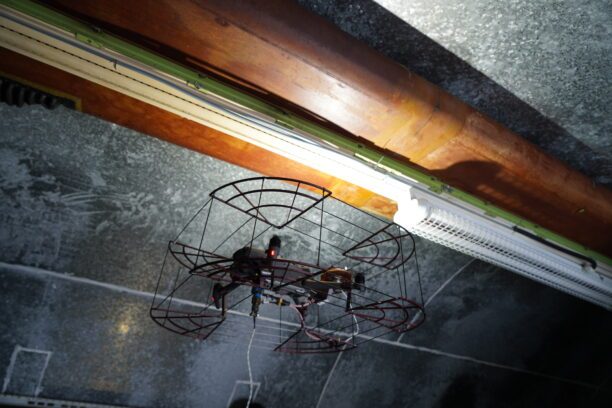
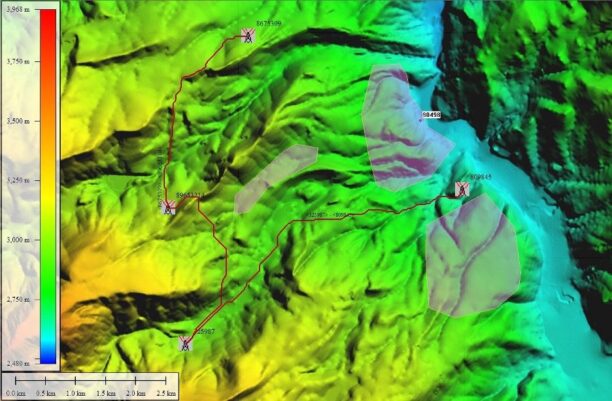
Leave a Reply